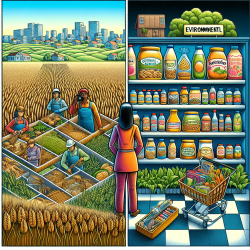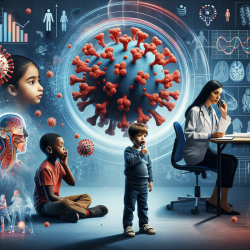The debate over genetically engineered (GE) foods has been a topic of significant discussion in recent years. With California's Proposition 37 proposing mandatory labeling of GE foods, the conversation has gained momentum. This blog post aims to provide practitioners with insights into the implications of GE food labeling and encourage further research in this field.
The Background of GE Foods
Genetically engineered crops have been commercially grown since the mid-1990s, offering advantages such as enhanced resistance to drought, herbicides, and pests. According to the International Service for the Acquisition of Agri-Biotech Applications (ISAAA), nearly 400 million acres of GE crops were cultivated globally in 2011. Despite their widespread use, concerns about potential environmental and health risks persist.
The Proposition 37 Debate
Proposition 37, also known as the California Right to Know Genetically Engineered Food Act, aimed to mandate labeling for GE foods. Proponents argue that consumers have a right to know what is in their food, while opponents claim that such labeling could lead to increased food prices and confusion due to exemptions.
- Pro-Labeling Advocates: Emphasize the lack of conclusive evidence on the safety of GE foods and advocate for transparency.
- Opponents: Highlight potential economic impacts and argue that existing exemptions undermine the initiative's intent.
The Role of Practitioners
As practitioners in the field of environmental health and food safety, it is crucial to stay informed about developments in GE food labeling. Understanding both sides of the debate can enhance your ability to provide informed guidance to stakeholders.
Encouraging Further Research
The ongoing debate underscores the need for continued research into the safety and implications of GE foods. Practitioners are encouraged to engage with current studies and contribute to discussions on best practices for assessing GE food safety.
- To Label or Not to Label: California Prepares to Vote on Genetically Engineered Foods
- Global Status of Commercialized Biotech/GM Crops: 2011
- Letter to Margaret Hamburg on GE Labeling
Conclusion
The issue of GE food labeling is complex and multifaceted. As a practitioner, staying informed and involved in ongoing research is essential for providing accurate information and guidance. By understanding both sides of the debate, you can better navigate the challenges associated with genetically engineered foods.
To read the original research paper, please follow this link: To Label or Not to Label: California Prepares to Vote on Genetically Engineered Foods.










